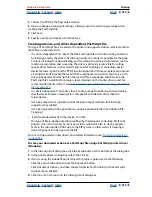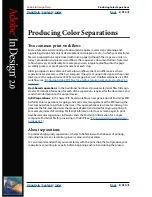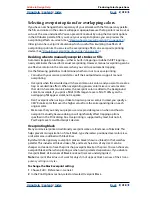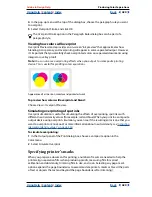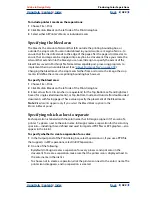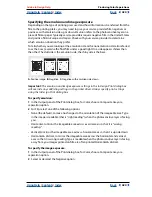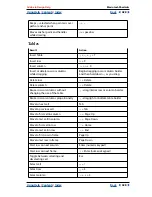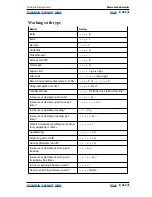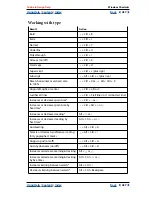
Using Help
|
Contents
|
Index
Back
424
Adobe InDesign Help
Producing Color Separations
Using Help
|
Contents
|
Index
Back
424
Specifying the emulsion and image exposure
Depending on the type of printing press used and how information is transferred from the
film to the printing plates, you may need to give your service provider film negatives or
positives, with emulsion side up or down.
Emulsion
refers to the photosensitive layer on a
piece of film or paper. Typically, service providers require negative film in the United States
and positive film in Europe and Japan. Check with your service provider to determine
which emulsion direction they prefer.
To tell whether you are looking at the emulsion side or the nonemulsion side (also referred
to as the
base
), examine the final film under a good light. One side appears shinier than
the other. The dull side is the emulsion side; the shiny side is the base.
A.
Positive image
B.
Negative
C.
Negative with emulsion side down
Important:
The emulsion and image exposure settings in the InDesign Print dialog box
will override any conflicting settings in the printer driver. Always specify print settings
using the InDesign Print dialog box.
To specify emulsion:
1
In the Output panel of the Print dialog box, for Color, choose Composite Gray or a
separation option.
2
For Flip, select one of the following options:
•
None (the default), to make no changes to the orientation of the imageable area. Type
in the image is readable (that is, “right reading”) when the photosensitive layer is facing
you.
•
Horizontal, to mirror the imageable area across a vertical axis so that it is “wrong
reading.”
•
Vertical, to mirror the imageable area across a horizontal axis so that it is upside down.
•
Horizontal & Vertical, to mirror the imageable area across the horizontal and vertical
axes so that it is wrong reading. Type is readable when the photosensitive layer is facing
away from you. Images printed on film are often printed Horizontal & Vertical.
To specify the image exposure:
1
In the Output panel of the Print dialog box, for Color, choose Composite Gray or a
separation option.
2
Select or deselect the Negative option.
A
B
C



